Pozzovivo wins at the Giro del Trentino using electronic SRAM gears
Bardet, Peraud, Kadri and Pozzovivo all using prototype wireless system
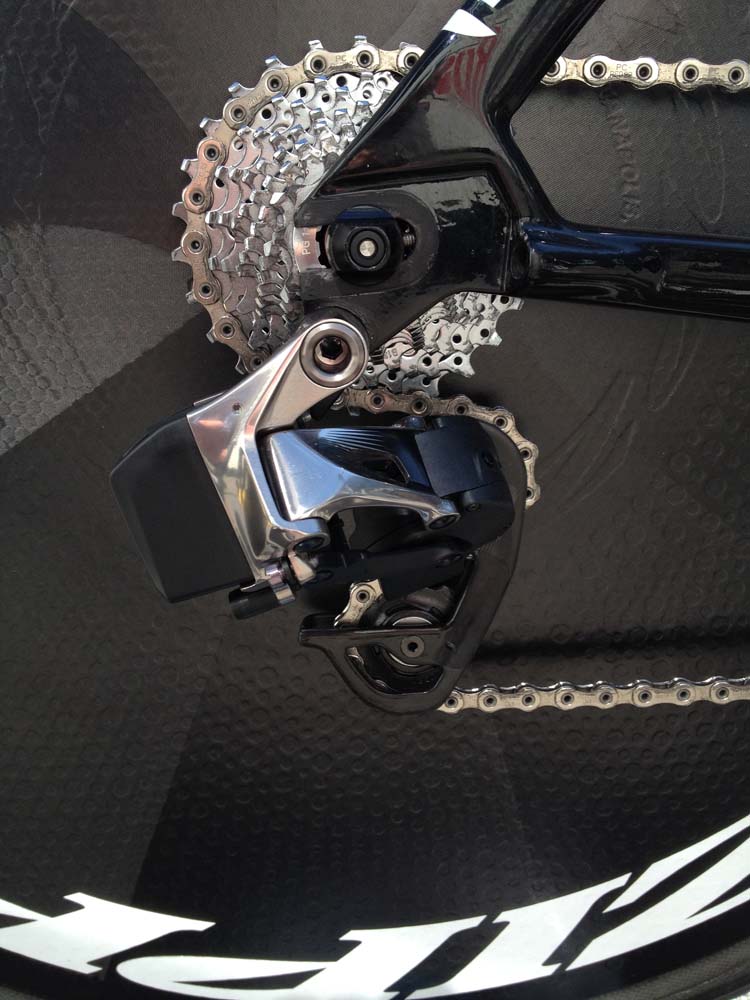
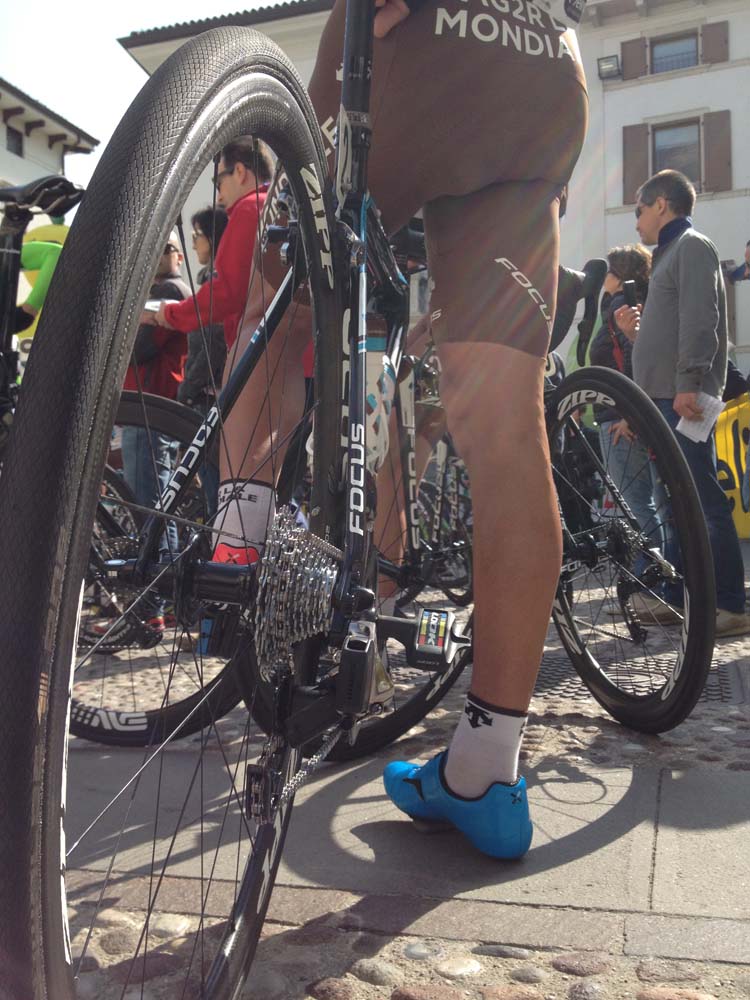
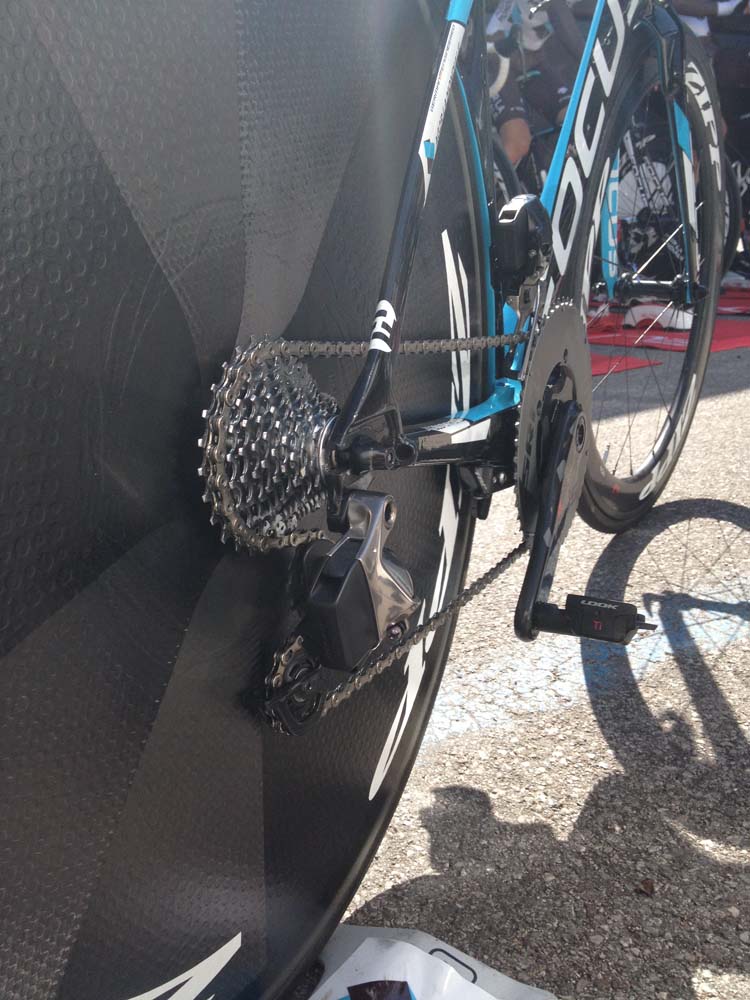
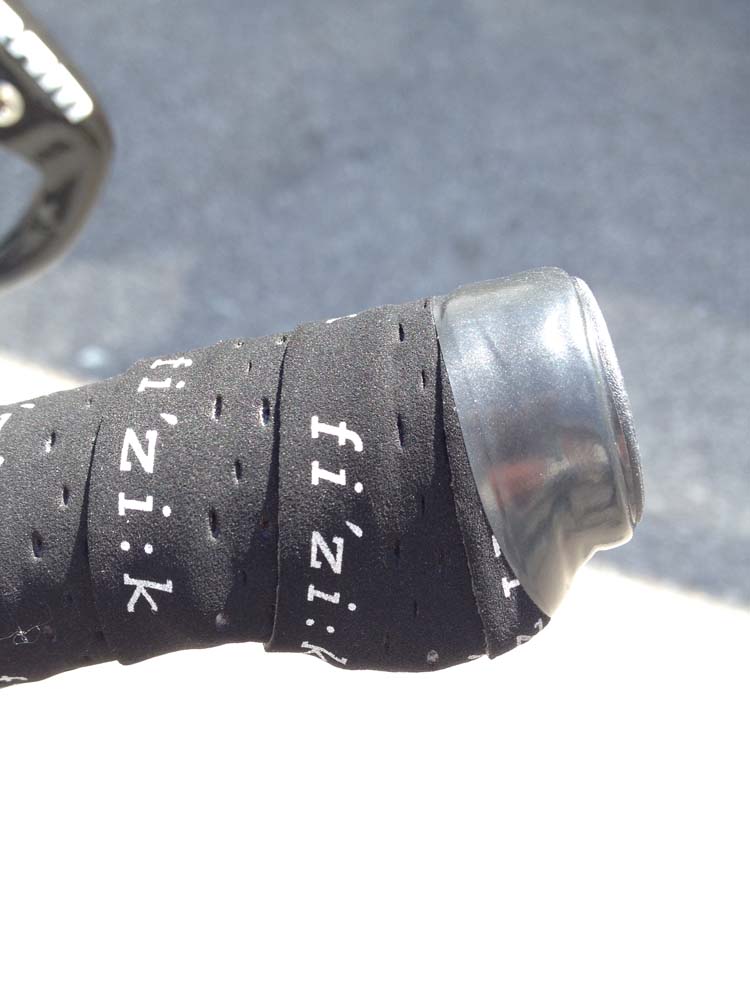
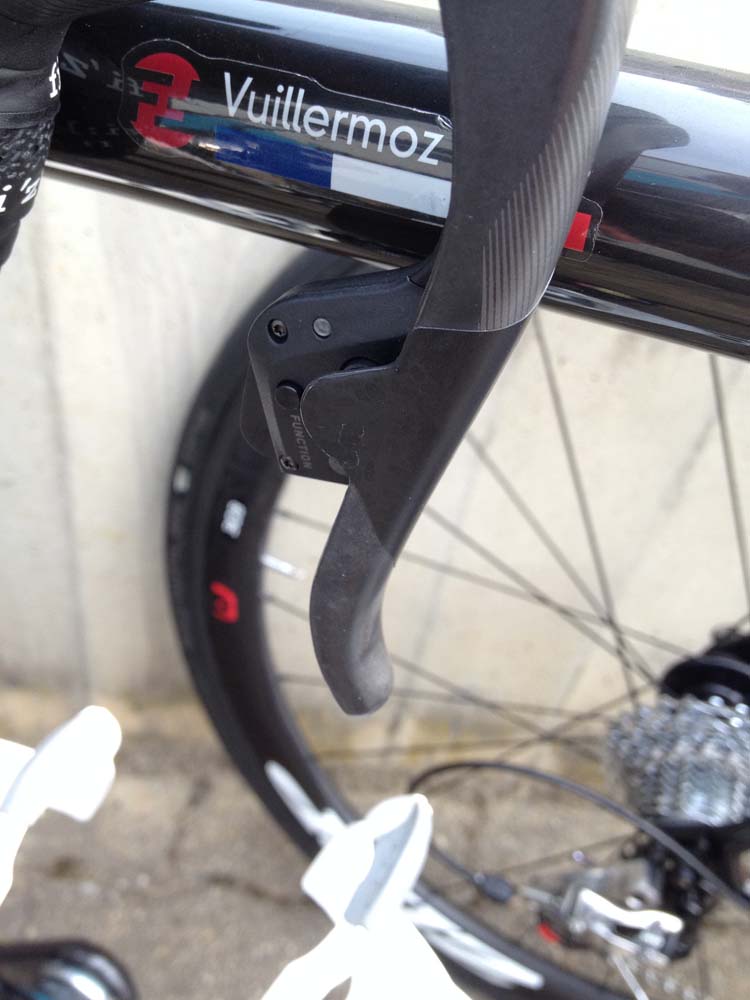
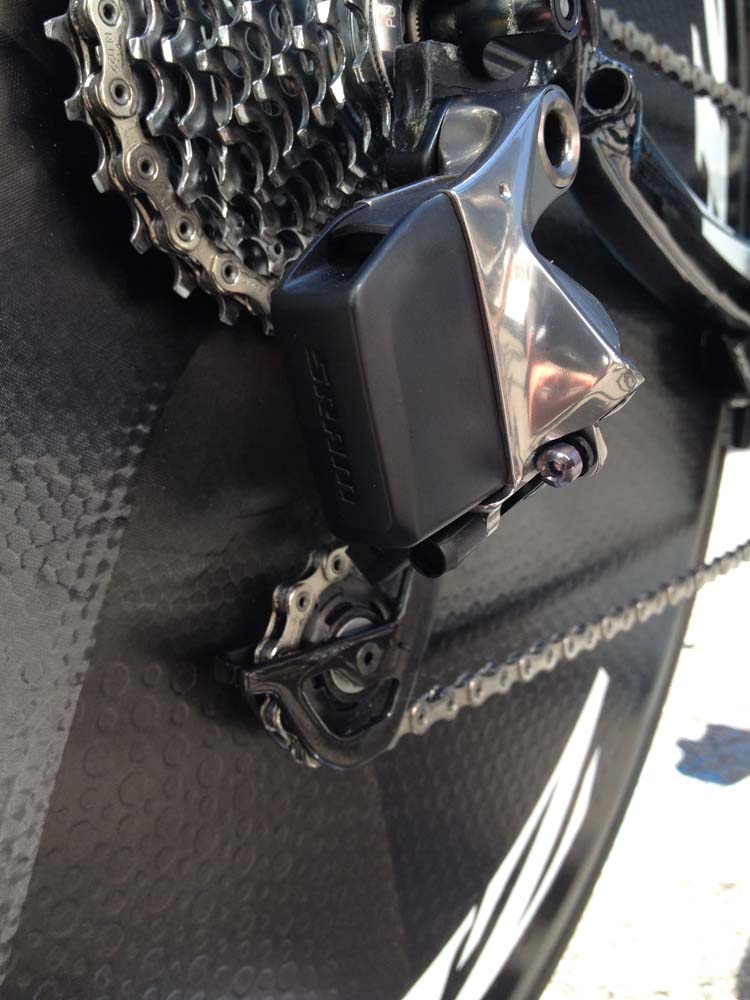
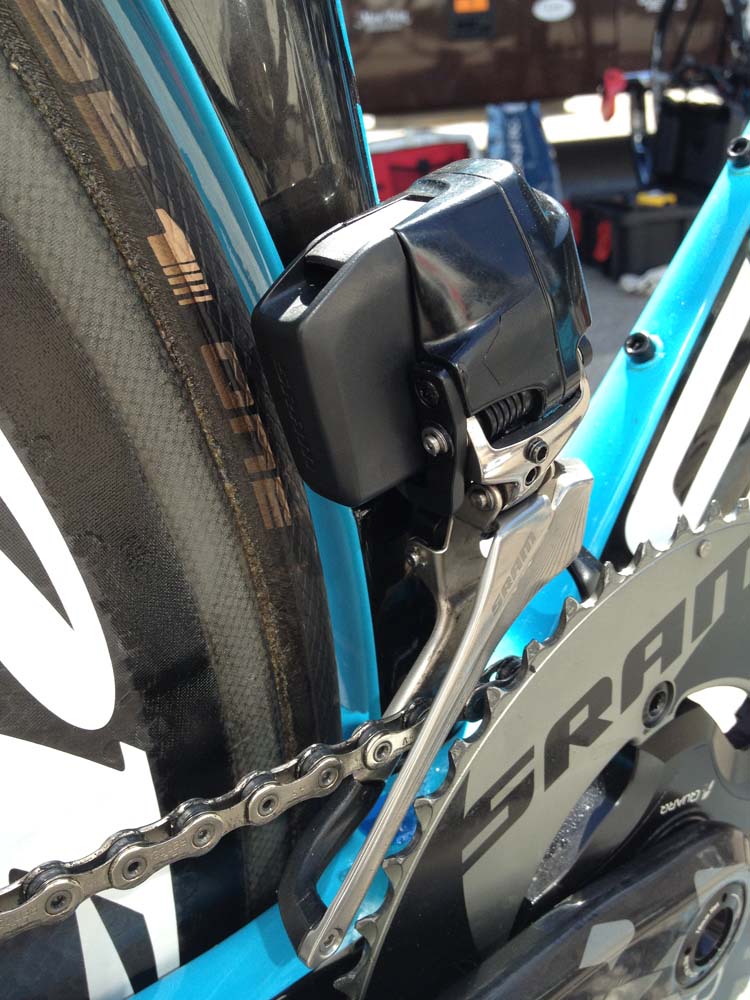
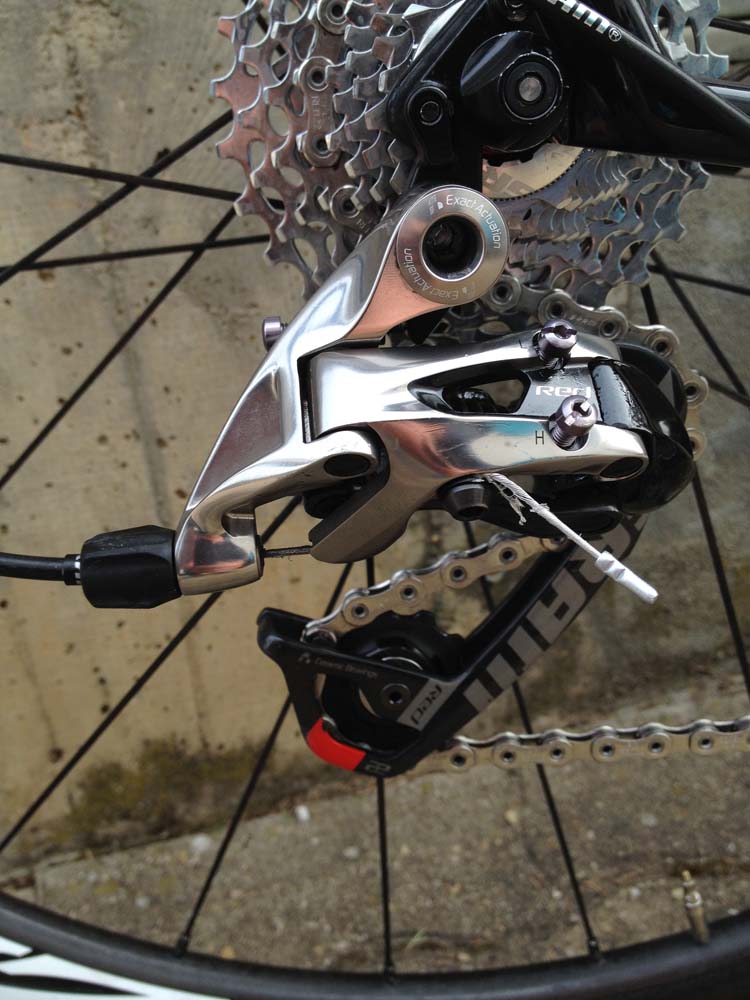
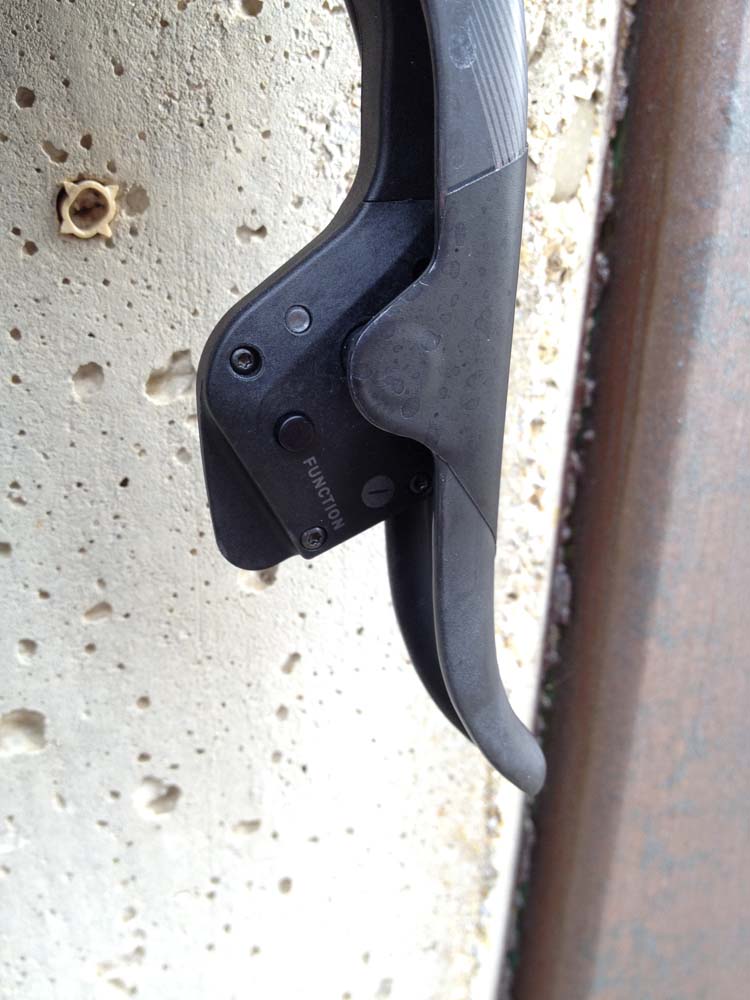
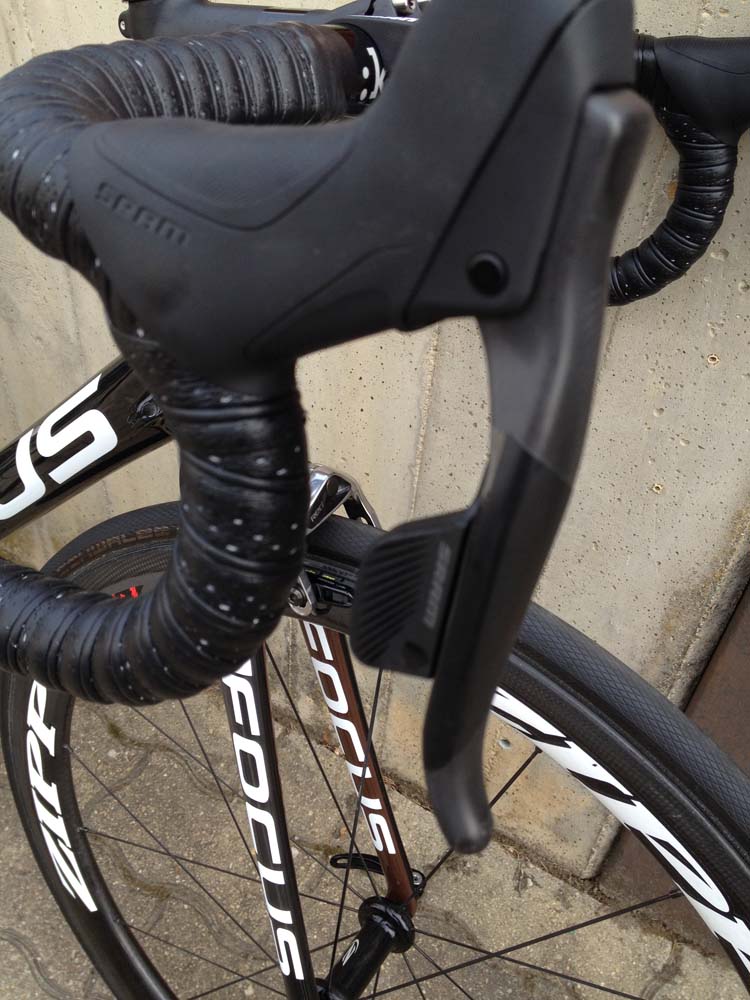
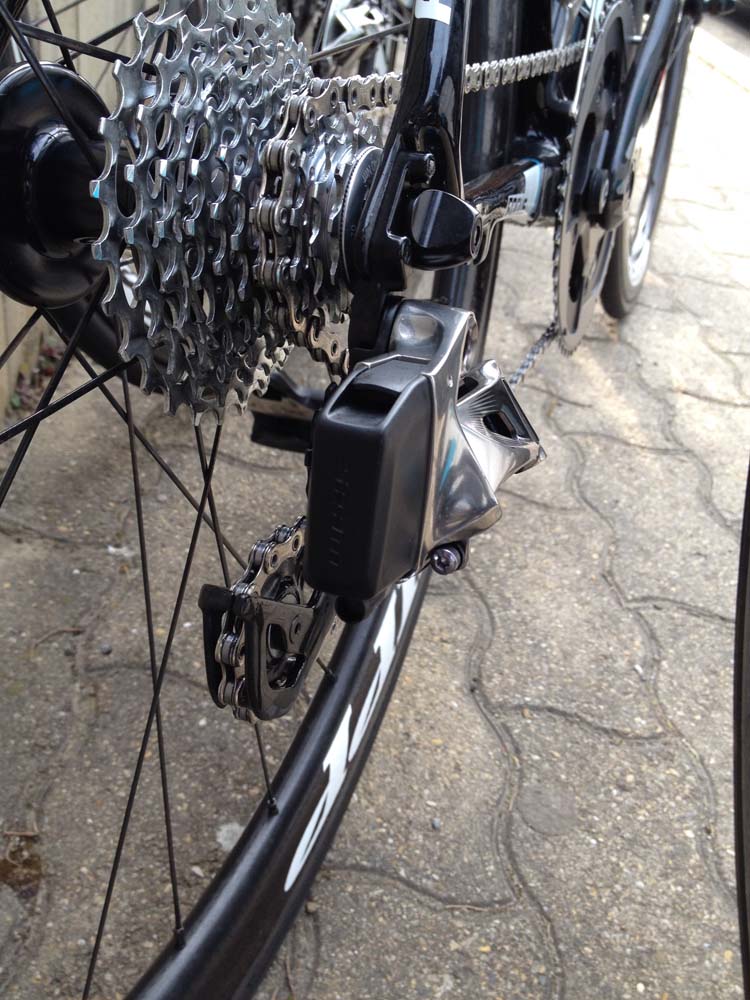
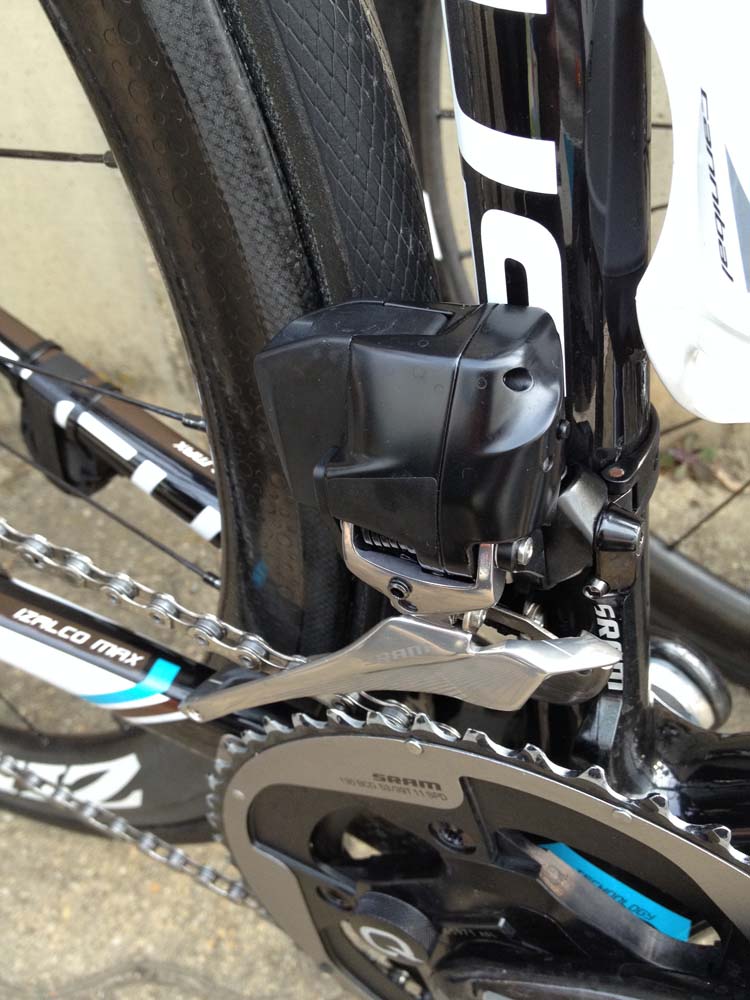
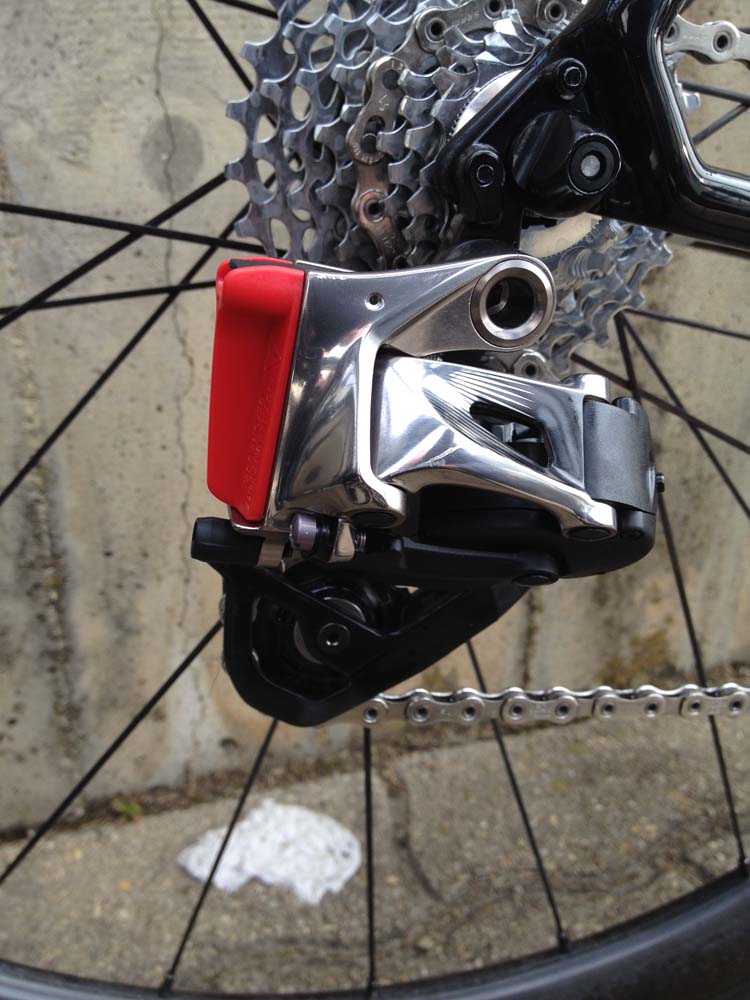
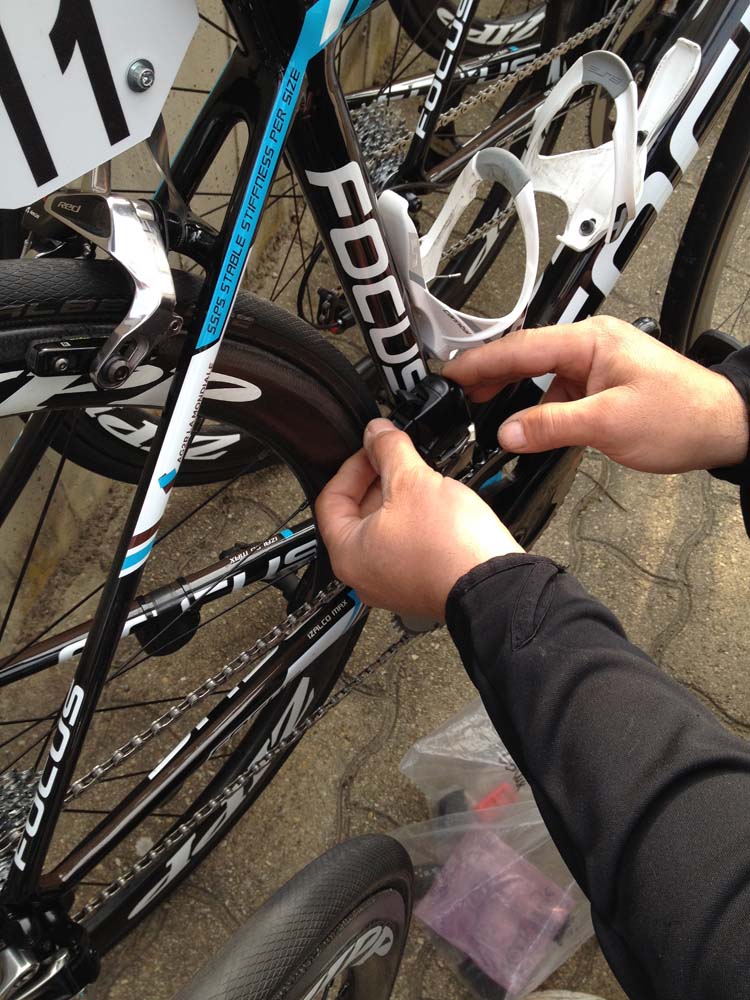

Domenico Pozzovivo won stage three of the Giro del Trentino using SRAM's wireless electronic gears, as the French teams continues to test prototypes of the components that are expected to go into production and on sale in 2016.
Cyclingnews has discovered that four riders of the Ag2r-La Mondiale -Romain Bardet, Jean-Christophe Péraud, Blel Kadri and Pozzovivo are now using the new wireless gear system in races. Cyclingnews also spotted an electronic groupset on Domenico Pozzovivo's time trial bike during the team time trial stage at the Italian stage race. The aero handlebars were fitted with small one-click satellite button-style shifter.
Pozzovivo and Christophe Riblon were the first to test the electronic gears at WorldTour level at the Tour Down Under and then in several spring races in Europe. Now it seems that further groupsets have been made available. British website RoadcyclingUK spotted that Lisa Brennauer of the Velocio-SRAM women's team also used the electronic gear system at the recent women's Tour of Flanders.
The wireless system on the four team bikes does not seem to have undergone any further mechanical or aesthetic changes, with the rear and front changers the same as earlier examples spotted at the Tour Down Under and during 2014 at the US Pro Challenge in Colorado last August.
The Ag2r-La Mondiale team mechanics said they are not allowed to talk about the SRAM electronic gear system but Cyclingnews spotted them attaching the black batteries to the gears before the start of racing in the place of what looked like red-coloured plastic stops. They seemed happy to work with the new components.
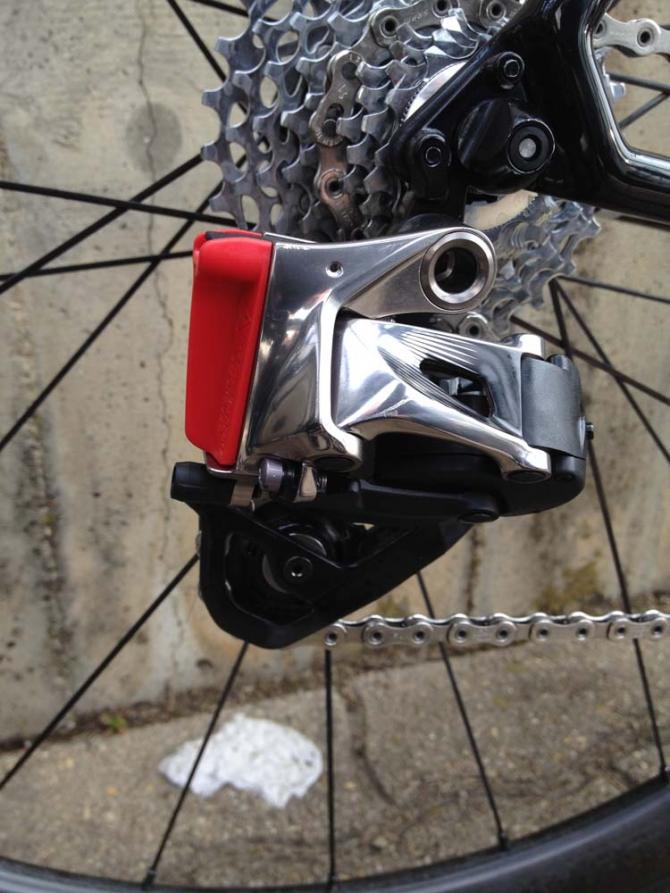
Aesthetically the derailleurs remain the same as previously seen, here we managed a shot of the rear derailleur without its battery
Pozzovivo confirmed to Cyclingnews that he likes the wireless system despite the different method of changing gear.
Get The Leadout Newsletter
The latest race content, interviews, features, reviews and expert buying guides, direct to your inbox!
"The idea of the electronic system is different because for example you use two levers to change the front gear. But when you get used to it, it feels easier than mechanical gears. I like it. I think it's the future," the Italian climber said, confirming it was his second victory with the electronic gears after also winning a stage at the Volta a Catalunya in late March.
Cyclingnews understands that each shift lever and derailleur will directly incorporate its own separate rechargeable battery transmitter, receiver and 'brain'. Each shift lever will be linked to each derailleur for a total of four wireless connections.
The electronic group will also do away with the company's long-standing DoubleTap shift actuation whereby a short lever push moves the corresponding derailleur in one direction while a longer push moves it in the opposite direction. Instead, it is likely that SRAM will introduce a new shifter actuation with the new Red wireless electronic group called 'eTap'.
Shifts are performed by a single, one-stage button activated by moving the smaller lever behind the brake lever. Push on one lever's shift button to move the rear derailleur in one direction, or push the button on the other lever to move the chain in the opposite direction. Front gear changes are accomplished by pushing both buttons at roughly the same time. So far, it seems that SRAM has built tactile feedback into the button action, while some clever programming suggests that riders won't have to be unreasonably precise to make front shifts.

Stephen is one of the most experienced member of the Cyclingnews team, having reported on professional cycling since 1994. He has been Head of News at Cyclingnews since 2022, before which he held the position of European editor since 2012 and previously worked for Reuters, Shift Active Media, and CyclingWeekly, among other publications.